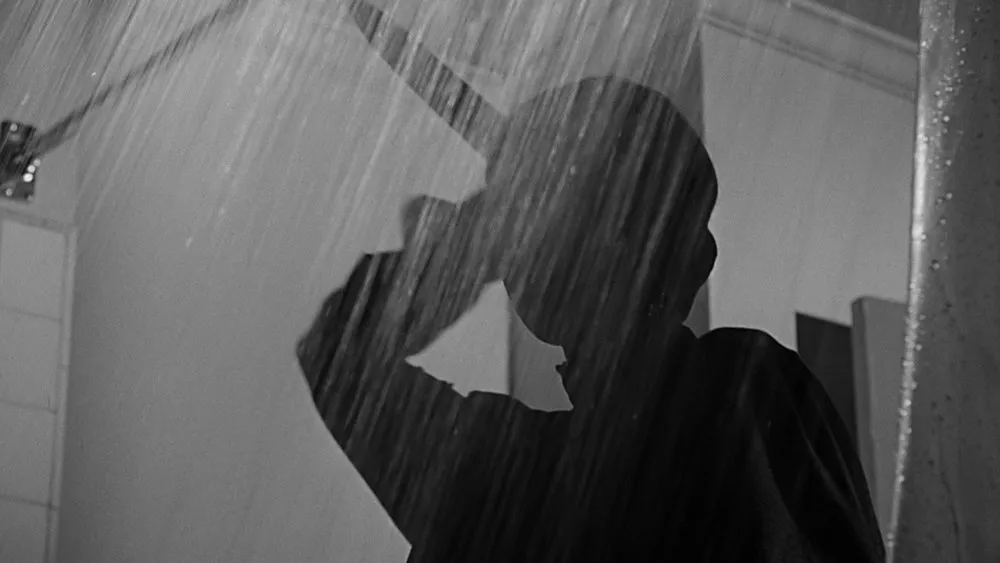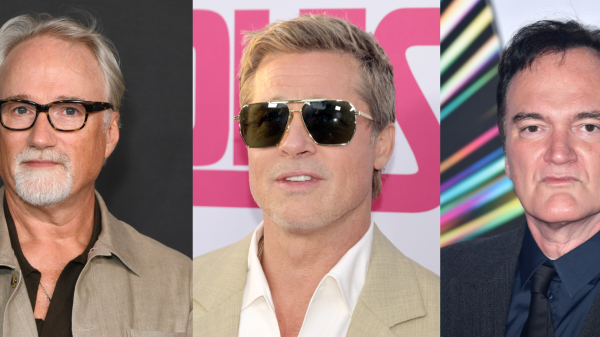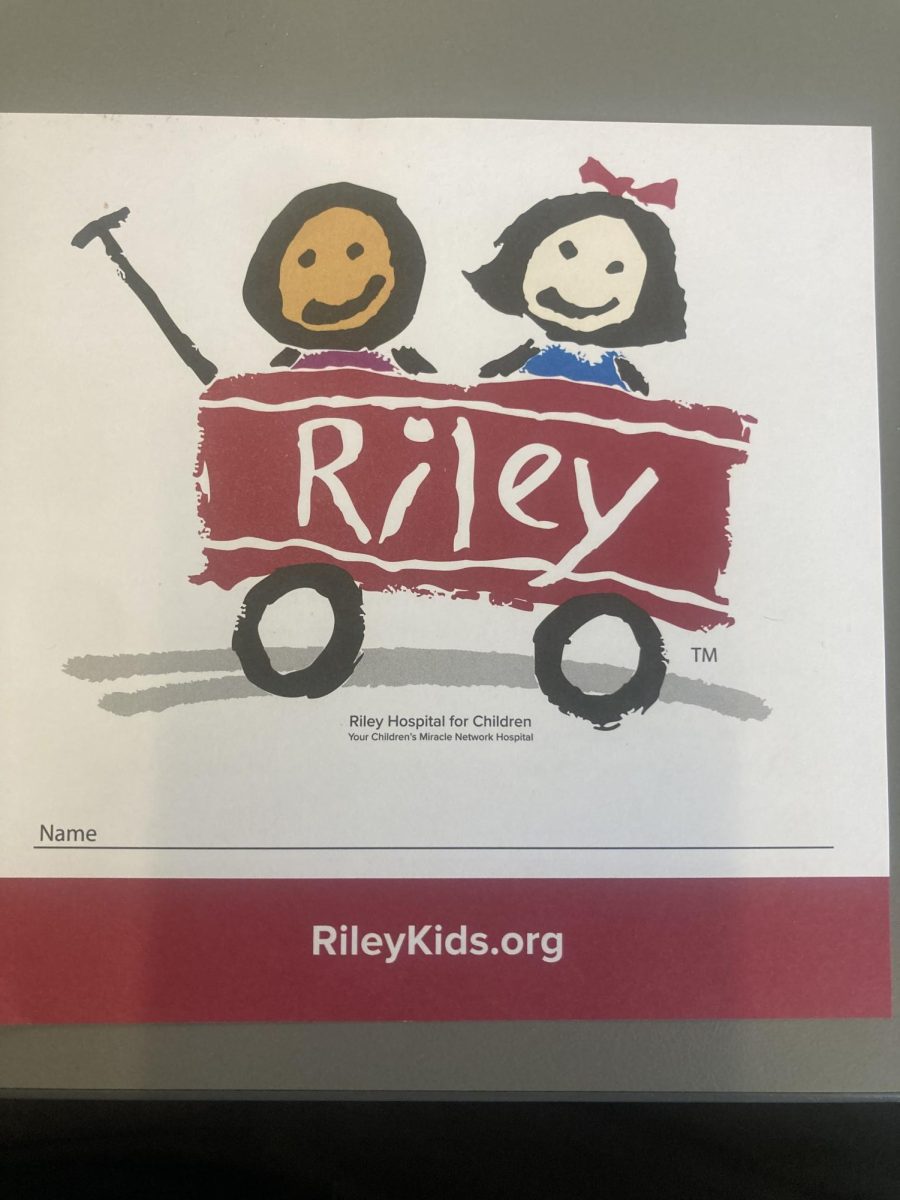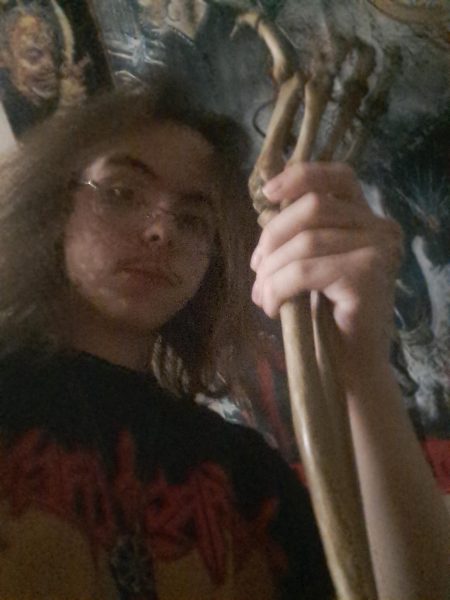Soon after the first filmmakers emerged in the mid-1980s, Marie-Georges-Jean Méliès, a French Magician, Actor, and film director, who led many technological and narrative developments in the early years of cinema, mostly in the fantasy and science fiction genres. And in 1897 he made what is credited to be the first ever horror movie, “Le Manoir du Diable” which translates loosely to “The Haunted Castle” or “The House of the Devil”. The 3 minute film contains cauldrons, skeletons, ghosts, transforming bats, and an incarnation of the Devil. The movie was not originally meant to be scary- intended to be more wondrous.
After the first horror movie, between 1900-1920, more supernatural themed films followed. Many of the times filmmakers, who were all still trying to find their footing in the new genre, turned to literary classics like “Frankenstein”, “Dr. Jekyll and Mr. Hyde”, and “The Werewolf”. (The original films of the latter two now lost to time).
In the decades between the 1920s and 30s included both silent films and speaking films. Some of the most notable silent horror films of this period were “The cabinet of Dr. Caligari” (1920) and “Nosferatu” (1922), the first films to ever make an attempt to unsettle their audience.
Later on after the release of “Dracula” in 1931, only then did horror become a noticed genre, Many sub-genres soon following like body horror, comedy horror, slasher films, splatter films, supernatural horror, and psychological horror. The rest of the 30’s more notable horror films include titles such as “Frankenstein” (1931), “M” (1931), “Vampyr” (1931), “Freaks” (1932), and “The mask of Fu Manchu” (1932).
Around the tail end of the 30s and into the 40s, horror was seeing a decline due to the rising film censorship from the British Board of Film Censors (BBFC) which was formed around the 1912s and didn’t leave much for the Hollywood filmmakers to work with. But they still managed to make a few remakes of older films and some newer ones like “The wolf man” (1941), “Cat People” (1942), “The uninvited” (1944), and “I Walked with a Zombie” (1943).
When the cold war began, around the 1950s, the horror genre exploded and more technological advancements came out of it. Most films now focused on fear of nuclear annihilation, the catastrophic results of the atomic bomb and the invasion of “Otherworldly” beings. Some notable titles from the 50s were “The Creature from The Black Lagoon” (1954), “Gojira” (1954), and “Invasion of the Body Snatchers” (1956). The 50s was the first decade that saw drive-in movie theaters, stereo sound, and wide-screen formats, coincidentally, since film studios were gaining more and better equipment, they started making fewer but more expensive films.
After the nuclear madness of the 50s, the 60s allowed filmmakers to discuss more sensitive and taboo topics such as sexual assault and senseless violence. Most horror movies of this time, especially those made for low budgets outside of the mainstream studio system, offered ways to process and and interpret the rapid pace of change in society at the time. The teen audience of the 50s were growing up and they began getting bored of the rubber suits and miniaturized sets of 50s and 40s films, and they wanted something more real, something more believable, and something more rooted in reality. Some of the more notable titles from this period being “Rosemary’s Baby” (1968), “Psycho” (1960), “The Birds” (1963), and “Night of the living dead” (1968).
Once the 70s arrived, it was a big downturn in society, from the sexual and cultural revelations and overall optimism of the 60s, there was the Manson Family cult, the Beatles split, Janis and Jimi died, president Nixon, the Vietnam war, oil strikes, skyrocketing divorce rates, and the increasing dependency society had on sedatives, like drugs and alcohol. But when society is bad, horror gets better. Horror movies at this time continued to deal with contemporary and societal issues and addressing genuine psychological fears. Some of the more notable films from the 70s were “Halloween” (1978), “The Texas Chain Saw Massacre” (1974), “Carrie” (1976), “Dawn of the Dead” (1978), and “Eraserhead” (1977).
Horror in the 80s had a big jump in quality with the new technical advancements in special effects like animatronics, liquid and foam latex. Because of that, they began to take the opposite approach, rather than the monsters in the films staying hidden and in the shadows for most of the movie, the monsters were out and in the light, they presented grotesque images to induce a physical reaction of nausea and fear, challenging the audience to keep watching despite their feelings. The more notable films of these years were “The Evil Dead” (1981), “The Return of the Living Dead” (1985), “Cannibal Holocaust” (1980), “Hellraiser” (1987), and “The Thing” (1982).
The 90s continued on with the violence and viscera of the 80s, only the production and special effects getting better. With the introduction of new audio systems and theater projection techniques, they were able to catch more vivid shots and clips of the actors. The most notable films from the 90s were “Army of Darkness” (1992), “It” (1990), “The Craft” (1996), “The Blair Witch Project” (1999), “Bram Stoker’s Dracula” (1992), “Night of the Living Dead” (1990), and “Scream” (1996).
With the turn of the 20th century, in the 2000s a lot of the creativity and emotion that was going into films prior, was lacking, most films turning towards even more senseless amounts of violence for the “Shock Value”. Most directors at this point trying to be as violent as they could just to get a reaction out of society. But just because there was more violence, does not mean there were no good films to come out of this decade. Some of the most notable films from this time were “Silent Hill” (2006), “The Hills Have Eyes” (2006), “Hostel” (2005), “Final Destination” (2000), “Jennifer’s Body” (2009), “The House of the Devil” (2009)
Once we reached the 2010s, people began to get more creative again, pumping out higher quality and unique films, the 2010s reflected the growing diversity in the genre, the most popular tropes being cannibalism, home invasion, slashers, and exorcism. Some notable films from last decade include “The Conjuring” (2013), “Hereditary” (2018), “The VVitch” (2015), “Annabelle” (2014), “The Nun” (2018), and “Get Out” (2017)
As of recently, I think horror has gone back to putting meaning in the films, more high quality horror films being produced by both more known and lesser known directors. In my opinion, the most notable films of more recent time are “Pearl” (2022), “Malignant” (2021), “X” (2022), “Talk to Me” (2022), “Nope” (2022), “Smile” (2022), and “Late Night with the Devil” (2023). I am fairly confident that people will continue to produce more quality horror films, with interesting and unique premises.















